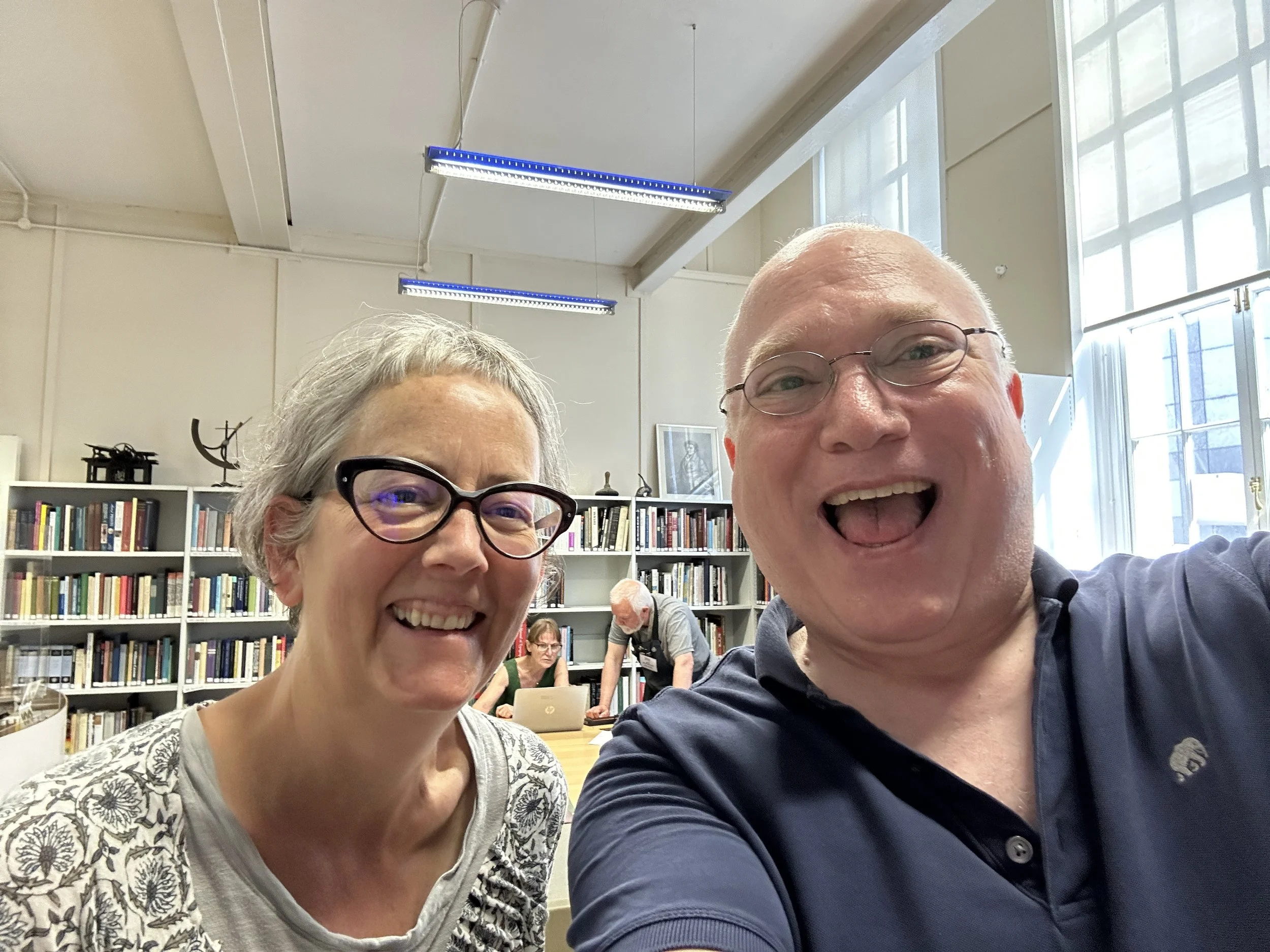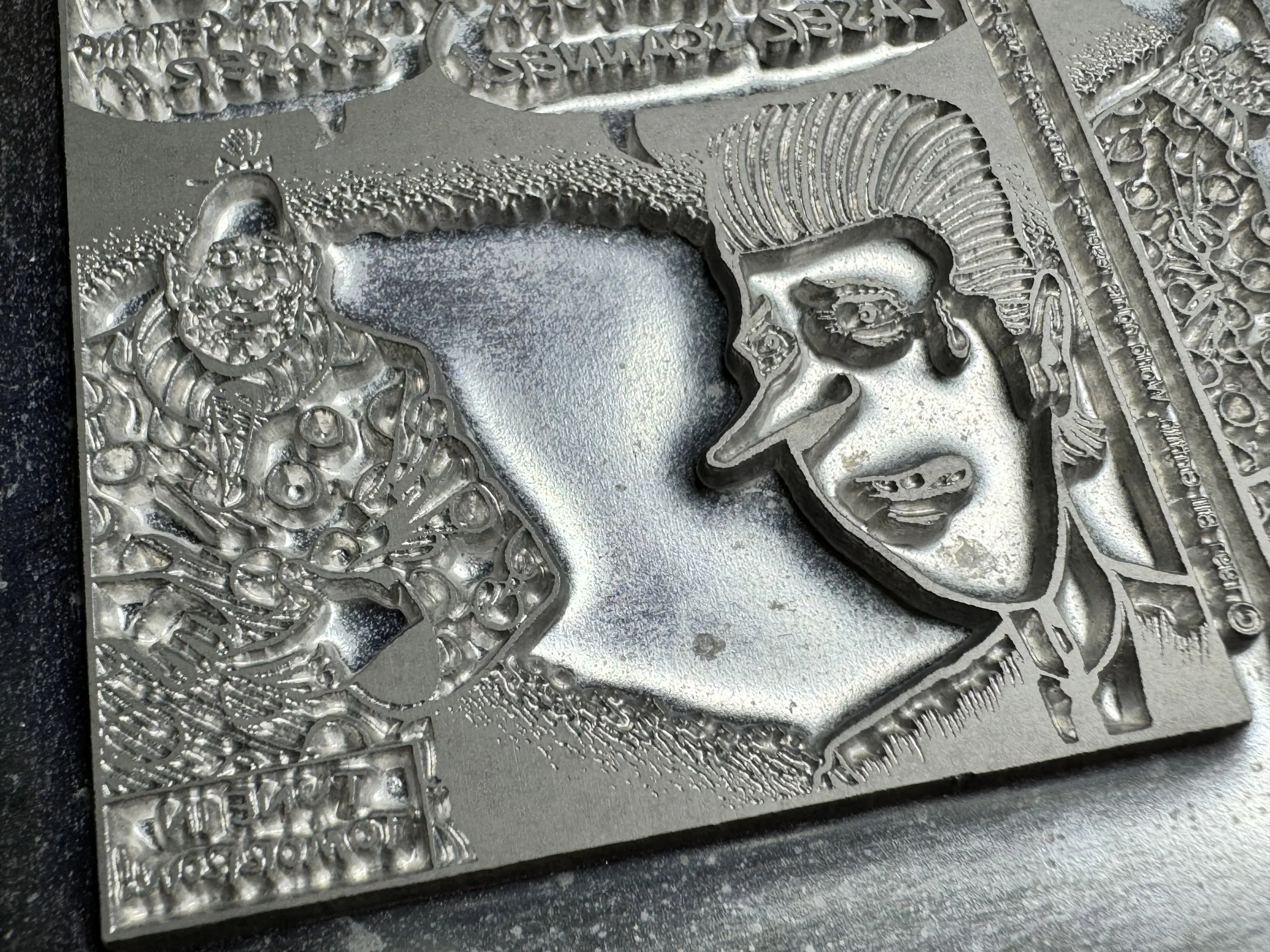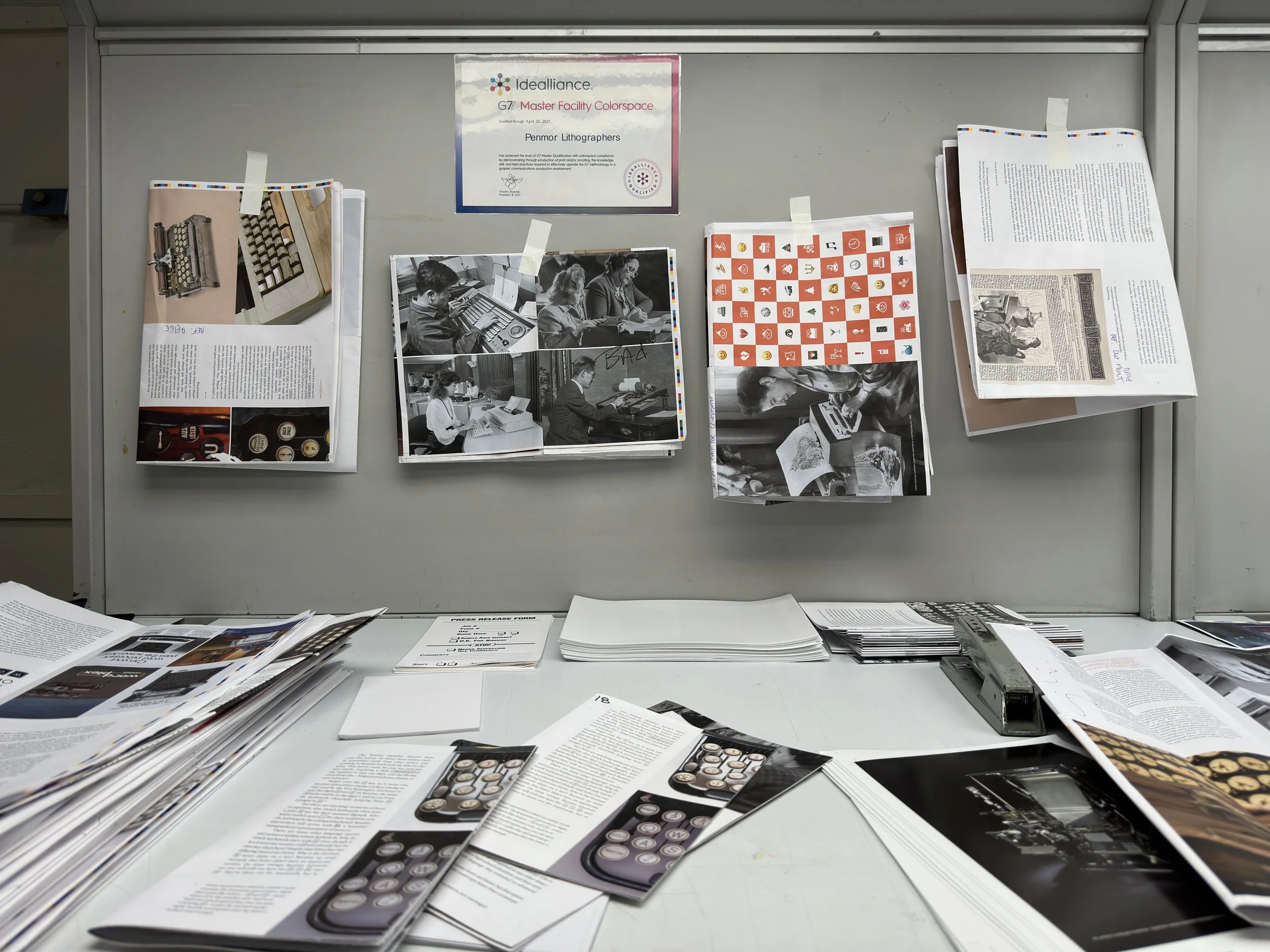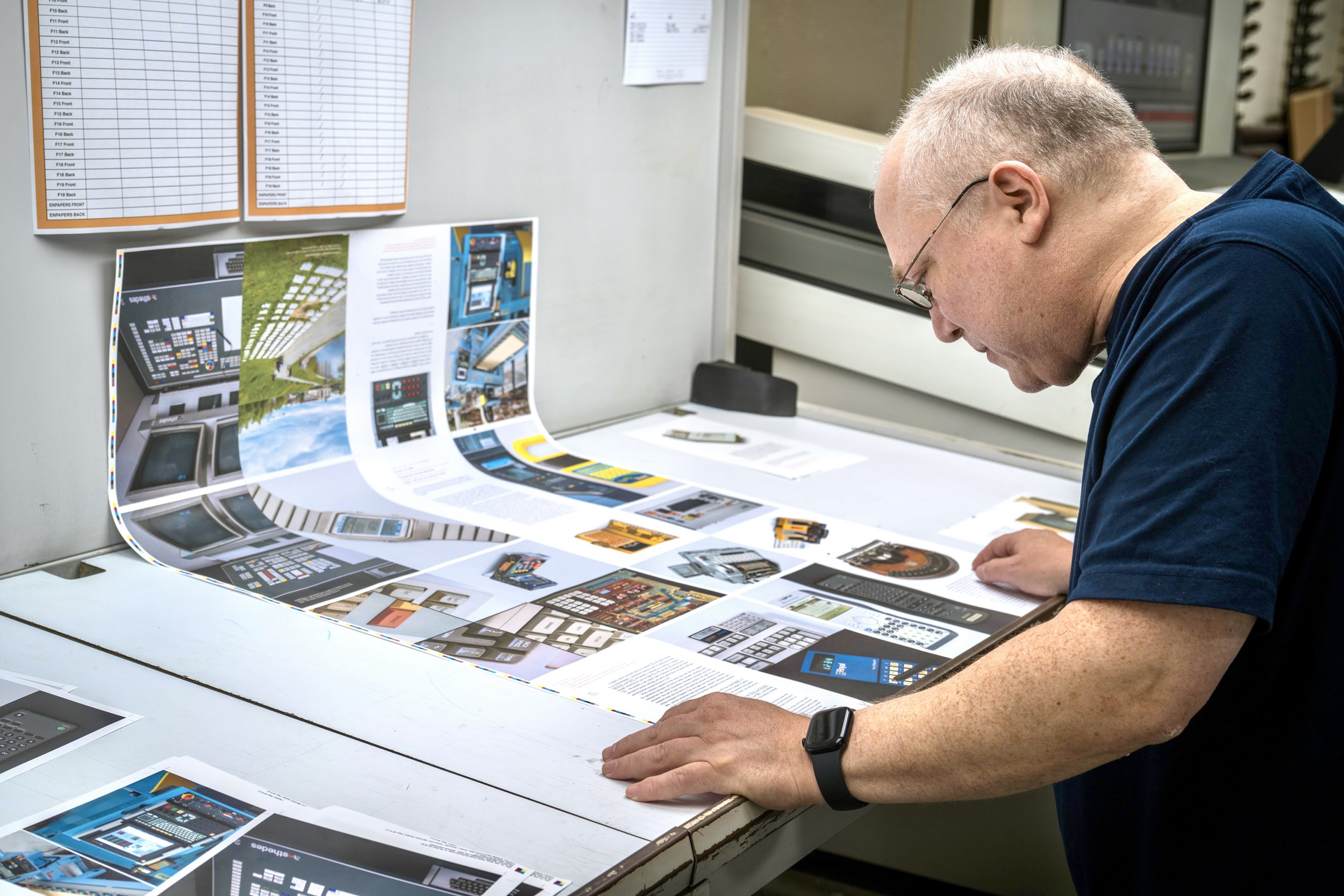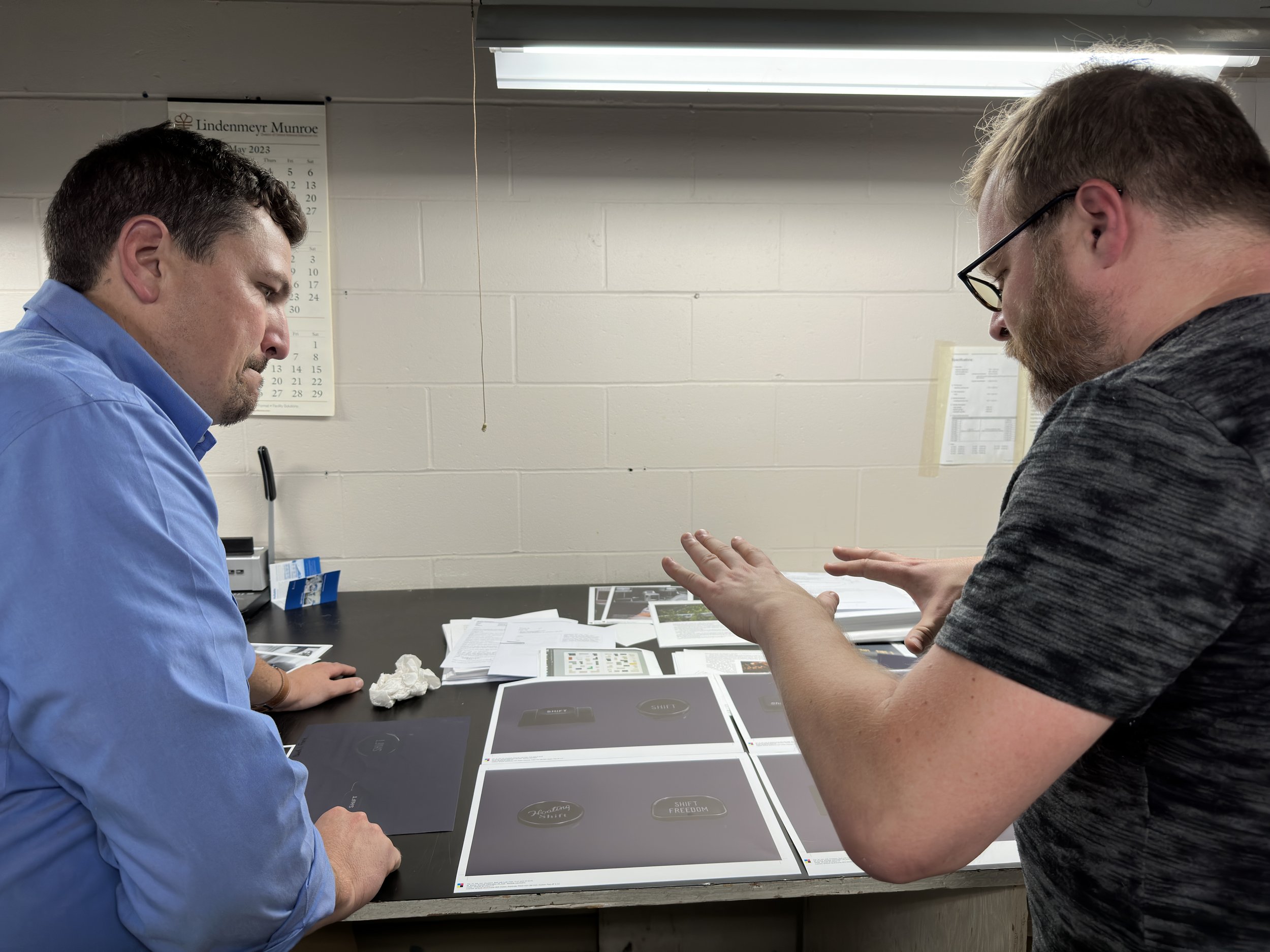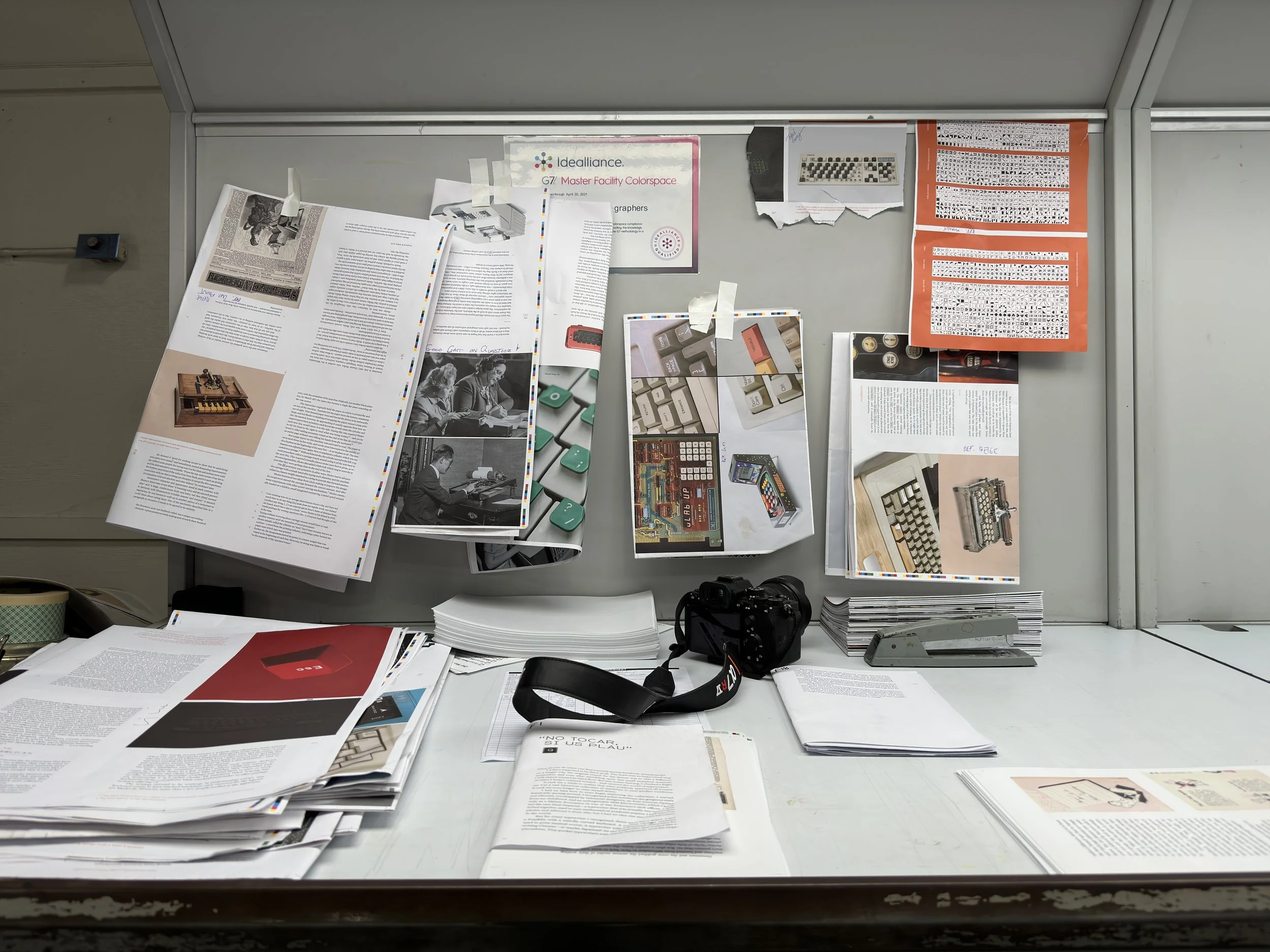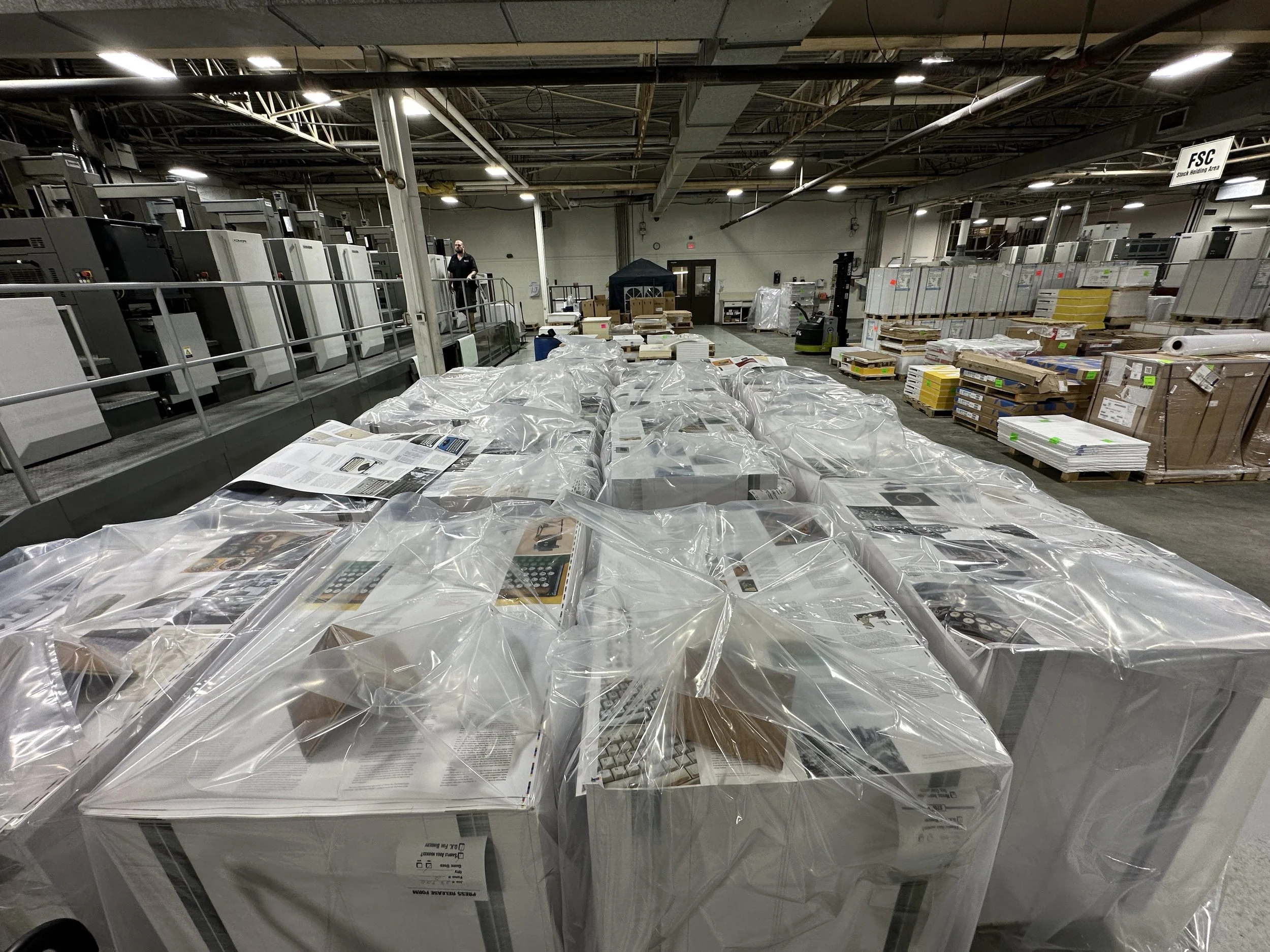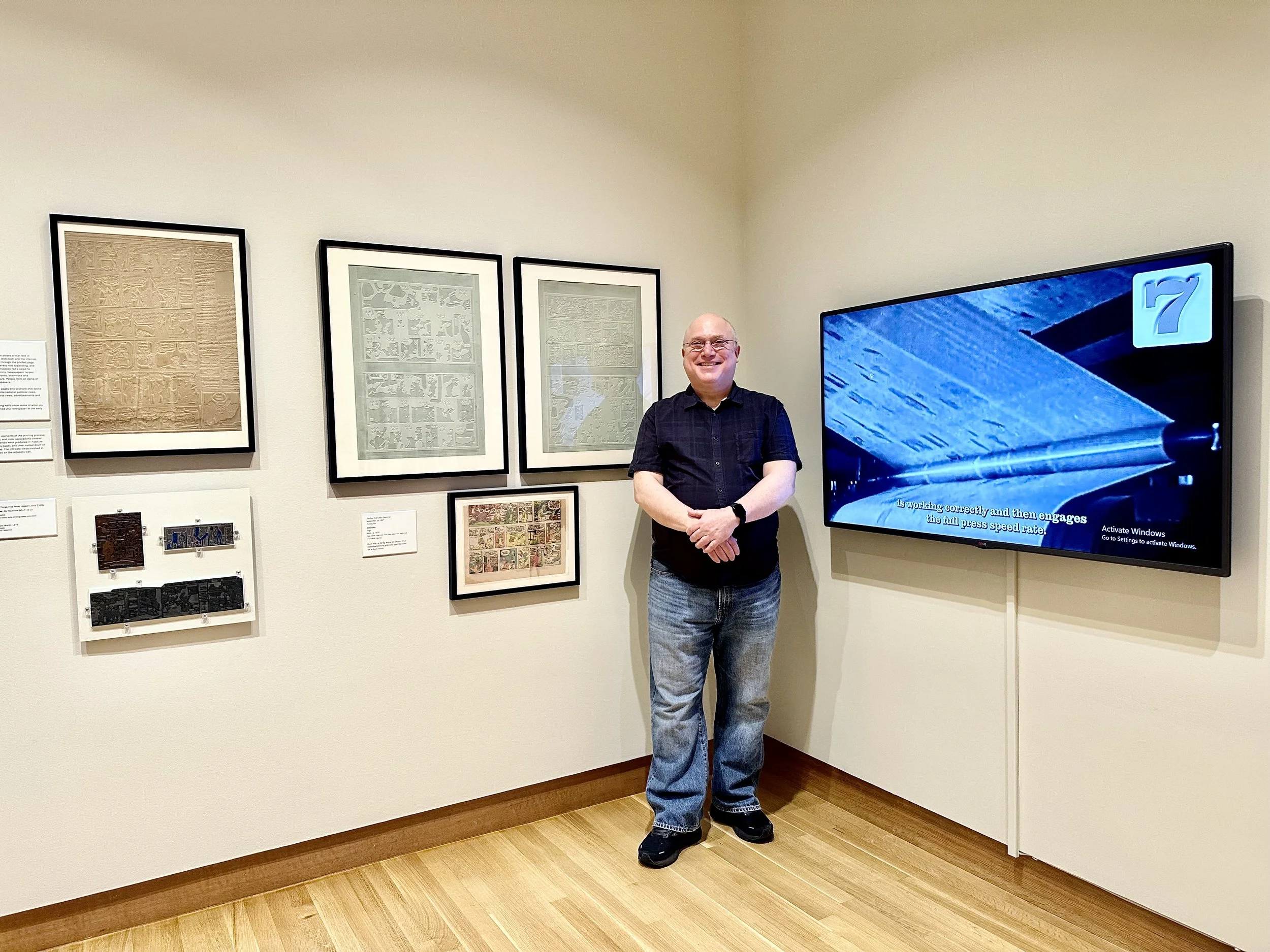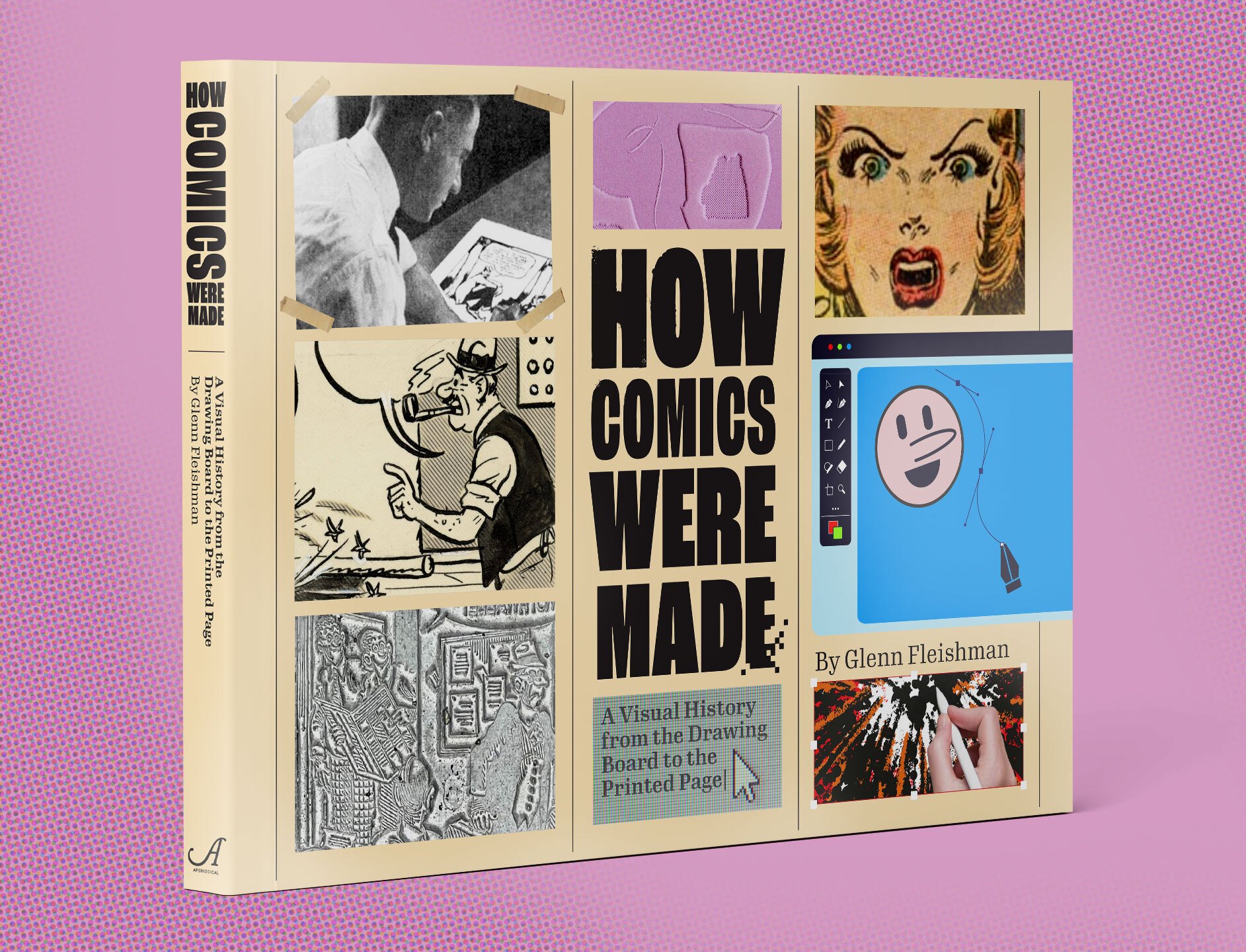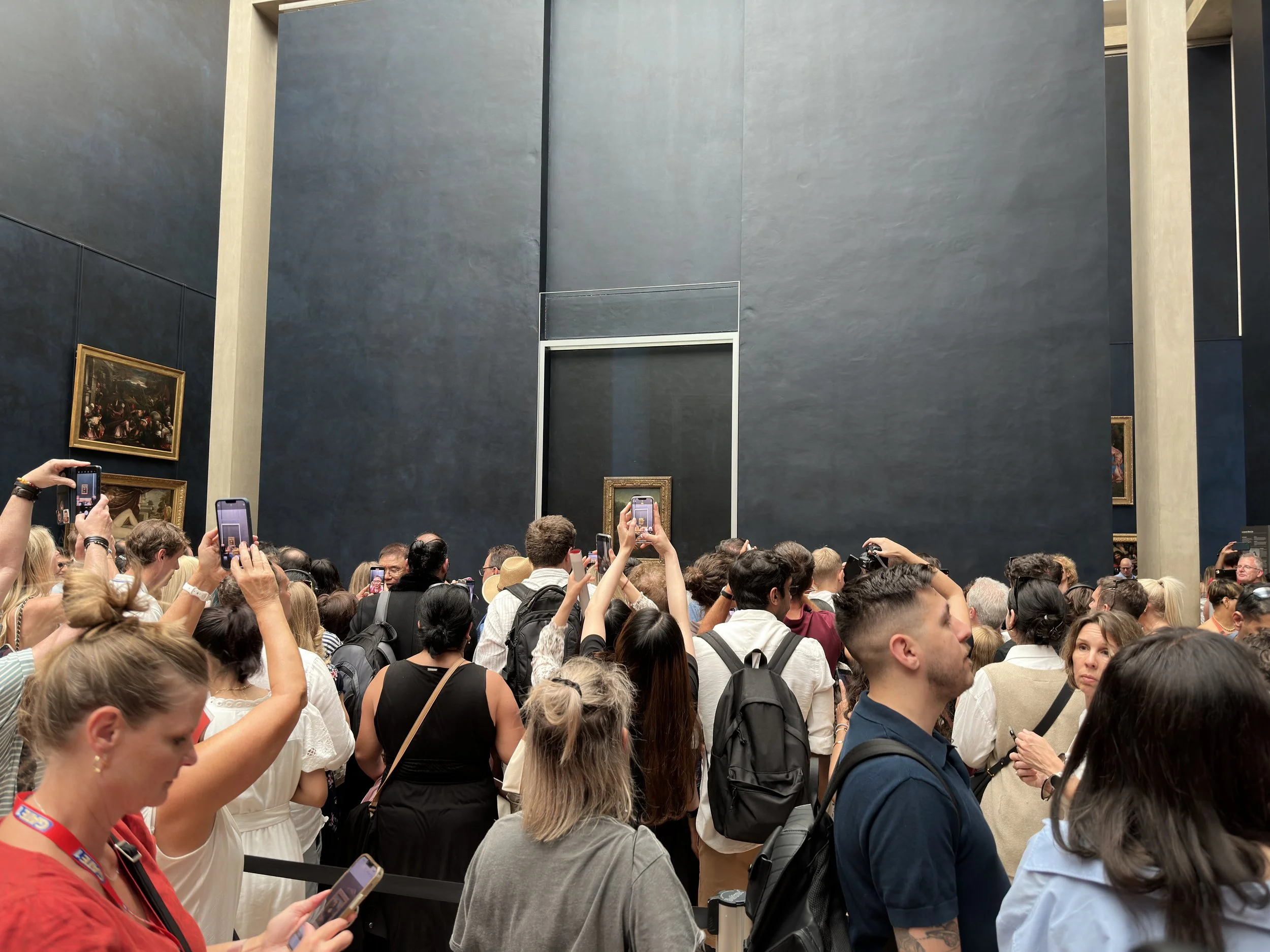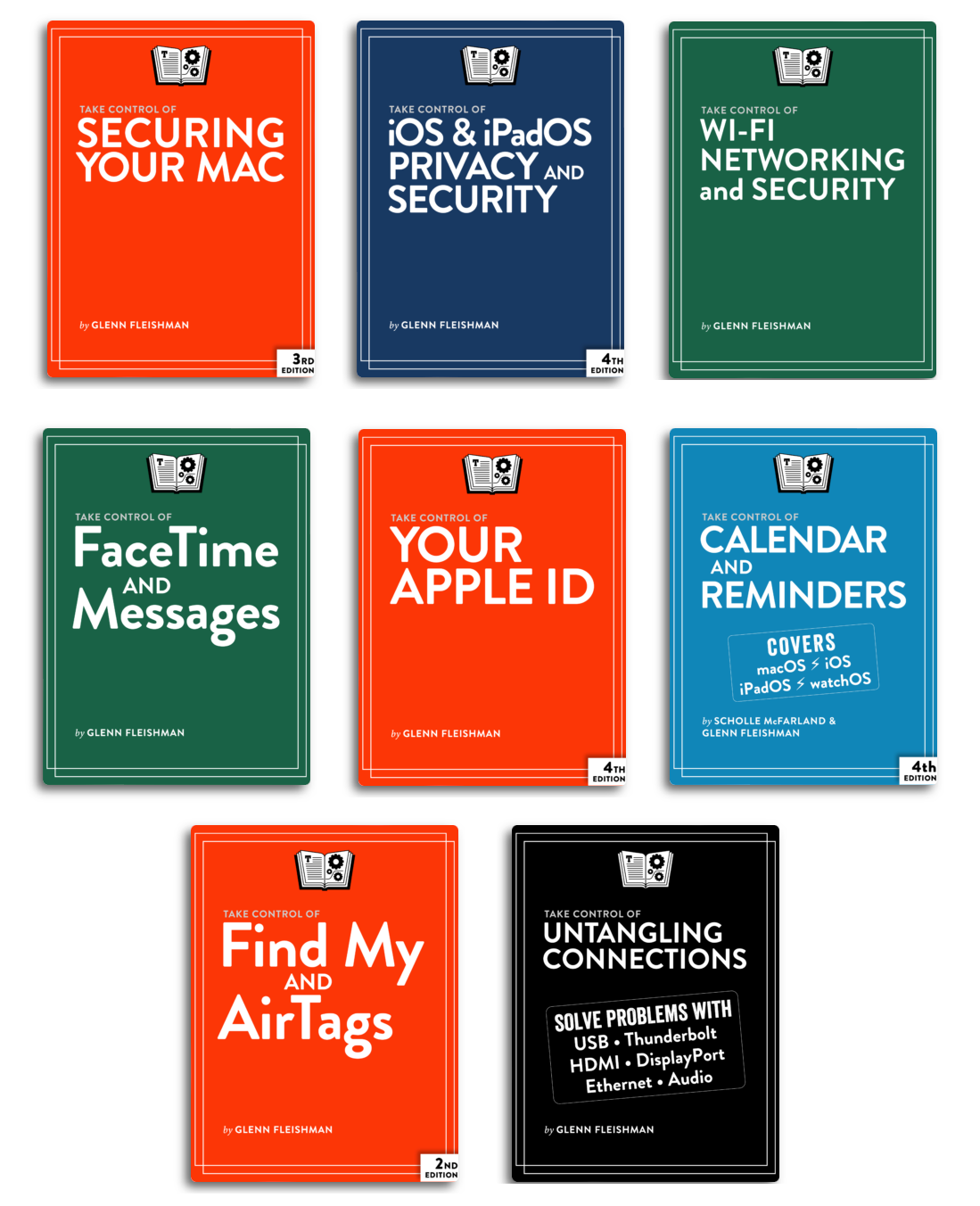When I was thinking about something special to create as a higher-tier and somewhat unique reward for the Kickstarter project, I kept coming back to flong. I thought of how I might work with Jessica Spring, a letterpress printer, artist, and educator in Tacoma (about 45 minutes away by car), who I’ve known for over a decade. We had a fortuitous and accidental crossing of paths in June 2023 in London, when we had both arranged to research at the St Bride Printing Library, which is open only on Wednesdays. I introduced her around—I had been there before and wrote a book that encompassed St Bride and kept in touch—and that was a hoot.
Last fall, I got in touch and went to visit her studio, and we talked about the possibility of re-creating flong: using a debossing plate and a thick paper to create something that looked and felt like a mold used for comics syndication (along with distribution of ads, clip art, and other stuff) from about the 1910s to 1980s. I don’t think flong (also known as a “mat” for “matrix”) has been made in any quantity since the 1980s. But what art to reproduce?
Yes, you can still get all sorts of plates made for use in engraving, pressing down (debossing), and up (embossing), printing, and much more. We used Owosso Graphic Arts.
We created a test run-through using a public-domain Krazy Kat (George Herriman) strip and liked the results. Creating the “fake” flong involves using a thick paper (in our case, a handmade one from Porridge Papers) that Jessica dampens to make more pliable. She then puts the debossing plate with padding in contact with the paper in a nipping press, a hand-cranked device used in binding to compress pages while glue dries and for other reasons. She then lets the sheet dry. The letterpress print is made from the same plate, raised to the necessary height to receive ink and make a clean, solid impression on one of Jessica’s historic presses.
For the actual strip, Jessica was a big underground comic fan and, I found, loved Bill’s work. I thought, what the heck. I emailed Bill with photos and details, and—in part, because it didn’t require him to create new art—he agreed. You can see a proof of the flong and a letterpress print made from the same plate below.


